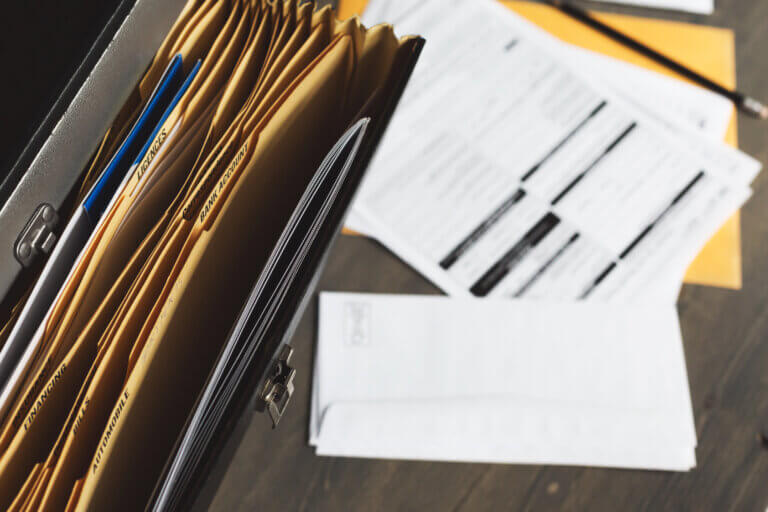Stimulus Checks Via Debit Cards
During the Coronavirus pandemic, millions of Americans expected to get their economic impact payments or stimulus check from the government due to the CARES Act. Many expected to receive their stimulus checks through direct deposit. However, now nearly 4 million are receiving stimulus checks by prepaid debit cards instead.
These debit cards are arriving in unmarked envelopes and contain your economic impact payment.

The following article by Susannah Snider, in the U.S. News and World Report does an excellent job explaining what EIP cards are, how they can be used, and more.
What Are Economic Impact Payment Cards?
The cards are Visa-branded debit cards that are issued by the government and have your stimulus check money. Recipients began receiving EIP cards in the mail May 18th.
Will I Receive an EIP Card?
You may be receiving an EIP card if you qualify for an economic impact payment and didn’t yet receive your stimulus payment as a direct deposit.
What Does the EIP Card Look Like?
Your economic impact payment prepaid debit card resembles a regular debit card. It has “Visa” and “debit” on the front and the issuing bank, which is MetaBank, N.A., on the back.
The EIP card will come in a plain envelope from Money Network Cardholder Services.
How Do I Use My EIP Card?
First, you will need to activate your card by visiting EIPCard.com or calling 1-800-240-8100. You will need to provide your name, address, Social Security number, and create a four-digit identification number. Then, sign the back of your card.
The card can be used like a regular debit card. You can swipe it in-stores, online, or over the phone.
If you want to receive cash from your card, it can be done without paying a fee. Methods to do so include:
• Using an in-network ATM to withdraw cash.
• Using the cash-back feature at the cash registrar.
• Requesting a Money Network check and cashing it.
• Transferring money from your card to your personal bank account.
For in-network ATM and check-cashing locations, go to EIPCard.com. You’ll also find instructions for initiating a cash transfer. You can also request a check by calling customer service at 1-800-240-8100.
EIP cards can be used to pay recurring bill payments however, if there are insufficient funds to pay the whole bill then it may be declined or partially authorized.
What Fees Will I Pay When Using the EIP Card?
Your EIP card may levy card fees, depending on the type o transaction you initiate. These fees include:
• Out-of-network ATM withdrawal- $2 after the first withdrawal
• International ATM withdrawal- $3
• Bank teller cash withdrawal (domestic and international)- $5 after the first withdrawal
• ATM Balance inquiry (domestic and international)- 25 cents
• Lost or stolen card (waived for first reissued card)- $7.50
• Priority shipping- $17
Your bank may also charge its own fees.
What if I Accidentally Throw Away My EIP Card?
If your card is lost or stolen, log on to EIPCard.com and lock your account. Then call customer service at 1-800-240-8100 to request a new card. The $7.50 fee will apply to reissues after the first, and you’ll pay an extra $17 for priority shipping.
Will Using the EIP Card Impact My Credit Score?
Since the EIP is not a credit card, it will not impact your credit score.
If you haven’t yet received your stimulus check and you qualify, keep your eyes out for your EIP card. In general, you should keep a close eye on it when using it to avoid fees and additionally make sure you are wary of potential fraudsters. Scammers may try to impersonate the IRS through calls, emails and text messages in attempt to steal your identity and money.
To read the full article by Susannah Snider, please click here.

